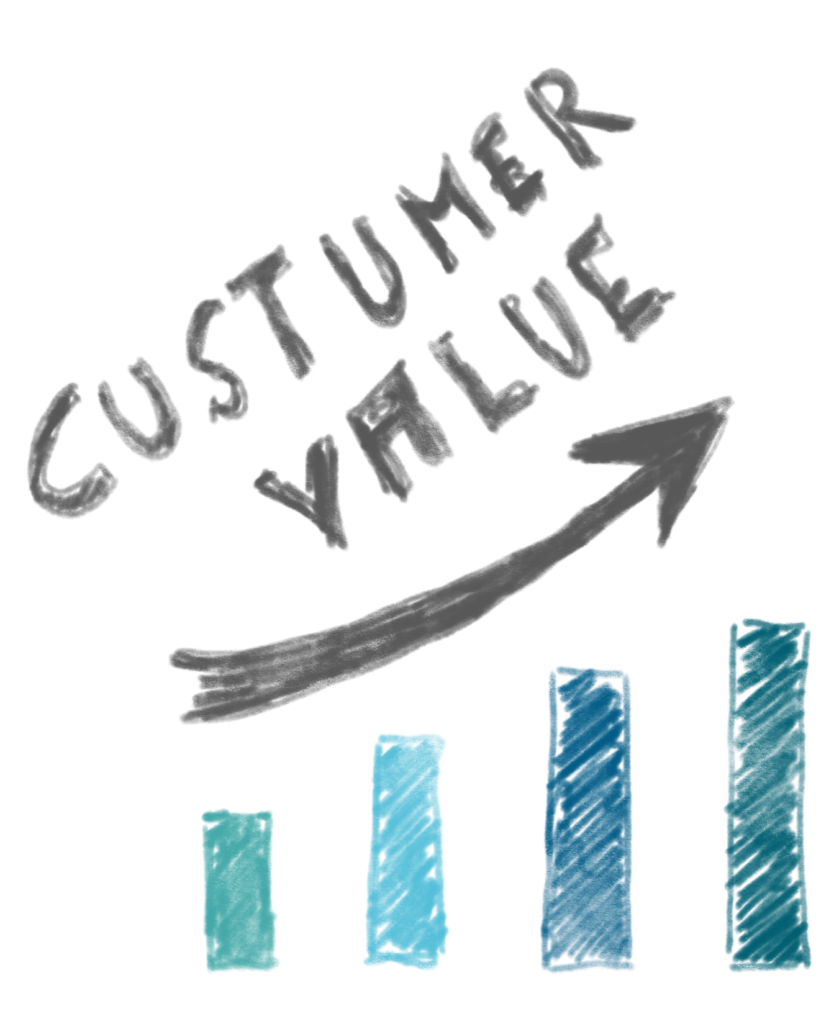
In one of my previous articles I introduced you to different methods or levers to maximize the outcome of your work. We call it “Design to Value”. The article on “Design to Cost” was the first one. I continue you now with an article on “Design for Customer Value”.
It is a little bit confusing that “Design to Customer Value” is a sub category of “Design to Value”, but you really have to highlight here the “Customer”. Essentially it is about to understand the real needs of the customer and how the product can generate value for our customer.
Basically you can divide the “Design to Customer Value” approach in four steps.
- Learn from the customer which features of the product create value for him. Quantify the value of each individual feature and rank it accordingly.
- Understand which feature are must haves; identify inter-dependencies and synergies between different features.
- Test how much money the customer is willing to spend for the expected value.
- Compile all the ideas and rank them according the expected value generation and the expected cost of the idea.
In the following paragraphs I will explain the background of the single steps and how it helps to develop the right design.
1. Step
You are not the customer, therefore you don’t know what he needs. You have to work and interview him to understand what he is looking for. Pay attention, that of the the customer does not know what he is looking for and you have to find it out. Structure his feedback and input, so that you can find out what are the key features which create value. The deep understanding of the customer needs and how the customer is earnign money is the basis to understand how your product can creat value for him.
2. Step
You know now the different possible features, but you don’t the importance of each individual feature. Think every feature through to understand the value it offers. Idenitfy the features w/o the product does not provide a basic functionality. These features are must haves. Combine different feature “sets” to identify synergies; so you get more value for your money and finally the customer.
3. Step
Present the customer your different prototypes. Each prototype shows a different set of features combinations. Develop a feeling how much the customer is willing to pay for such a kind of prototype, because so you can develop an understanding the value of each feature and a target price for the product. The customer will not spend money for product which is not providing significant value.
4. Step
This step is again a kind of pareto approach. You have now for each feature / feature set the expected cost and value contribution. Must have features are identified. You can now rank them according the expected value to cost ratio, thereby you can combine your features to the optimal product.
Summary and Key Takeaway
By challenging products with customer eyes you develop an understanding which product attribute provides value and which does not. The structed “design to value” approach enables you to develop a sound understanding of customer needs. Therefore you can add value generating features and elimate non value providing features or ones which are to costly comparted to their value contribution. The result is a product which provides the customer the best cost to value ratio.
